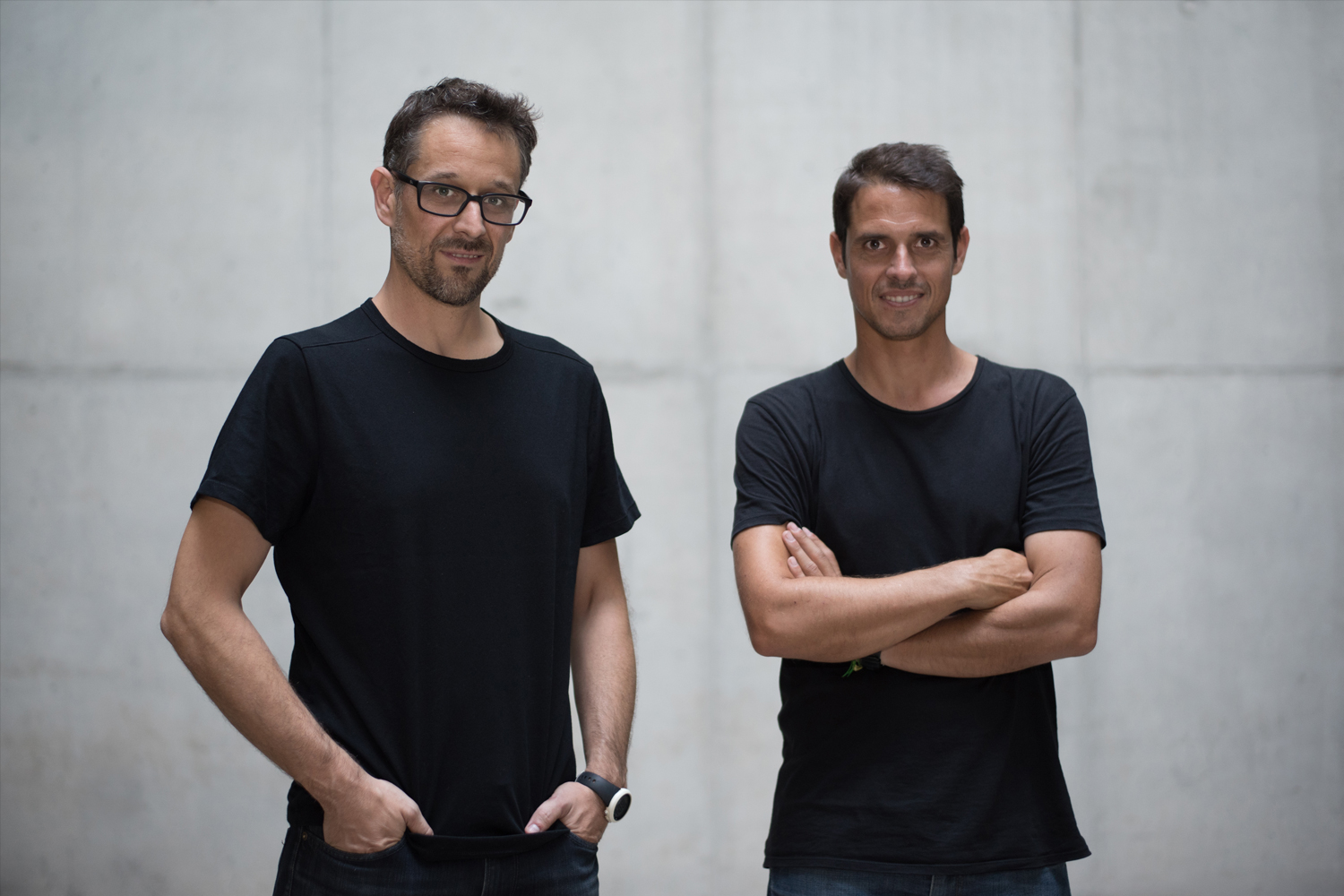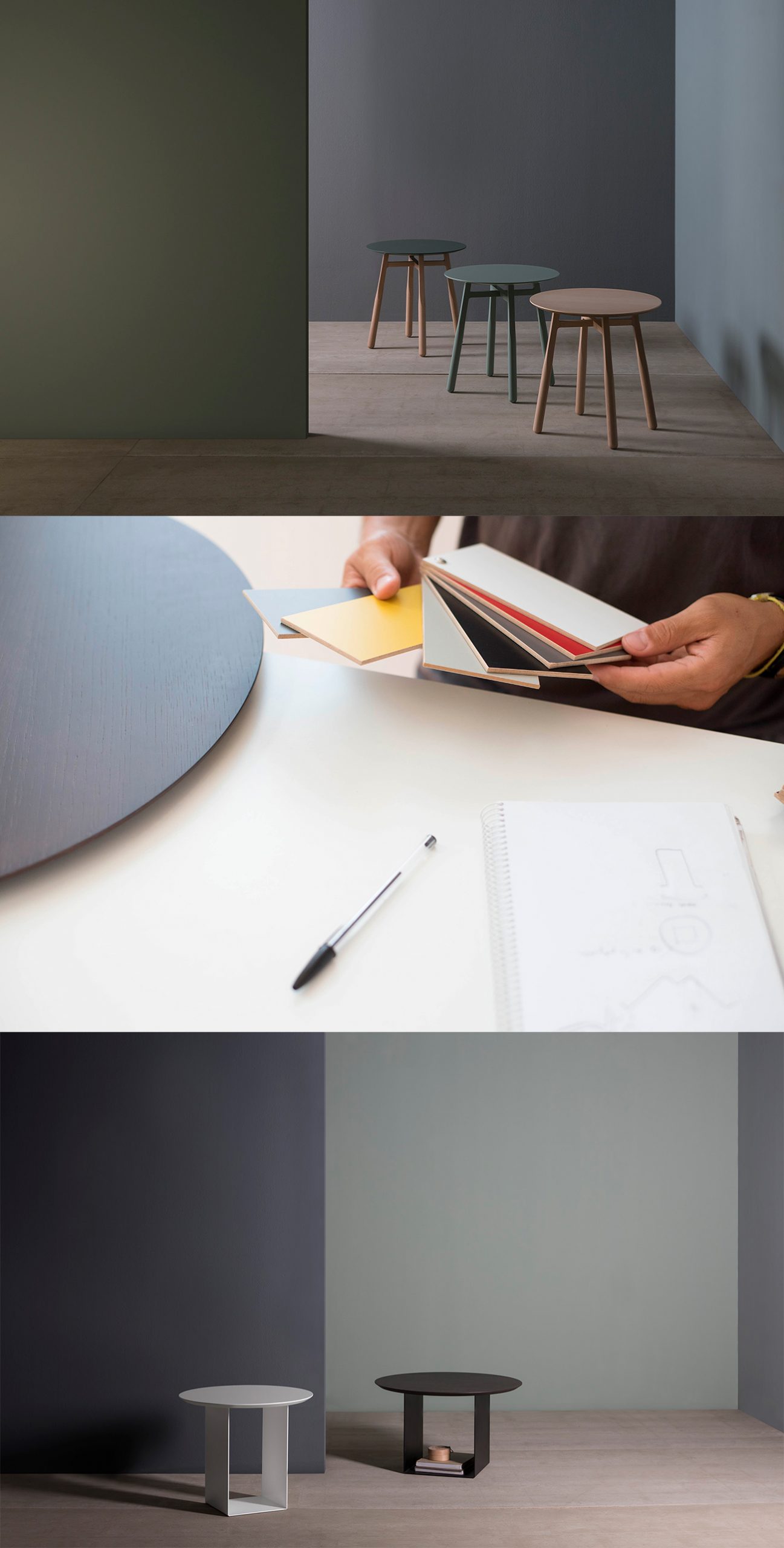Kendo mobiliario interviews its collaborators, the designers of Discoh Design.

Discoh Design is a product design studio where rigour, creativity, innovation and logic coexist. Its team is involved in the project they are going to work on as well as in the sector to which they belong and they take care to get to know the client as well as possible, creating a close relationship that goes beyond the strictly professional.
That is exactly what happens to us at Kendo Mobiliario when we work with Discoh. The treatment is so close that it is very easy to understand and the results, as is evident in the designs they have created for us, are excellent.

1. What aspects would you highlight of the designer-company relationship?
For us the objective in the development of a project always lies in being able to offer our client a solution to their needs from our perspective, as we understand that this way of understanding design is what leads our clients to work with us. Getting there requires a lot of effort, and years of relationship, something that we have achieved with Kendo. From our relationship with Kendo, we value above all the close, transparent and trusting relationship. We find it very easy to work with Kendo, we have a very friendly relationship, which we value very much in the client-professional relationship.
2. What would you highlight from the latest designs made for Kendo? Console BEAM and coffee table REFFLEX.
The truth is that we are very proud of the last two models designed for Kendo. Not only for the formal result but also for the joint work carried out until its final achievement, which has been very easy and gratifying. We love working with Kendo, as we believe that we understand each other very well when a need arises or a new proposal is put forward. BEAM and REFLEX are two very simple designs but with a strong personality. They do not go unnoticed.
3. What would you like to transmit to the end client through your designs?
We believe our designs combine very well the essence that defines Kendo: confidence, a job well done and transcendence. Their basic and understandable shapes give them a visual solidity that allows them to fit in a multitude of environments without detracting from other elements but marking their presence.
Our design style is characterised by always seeking honesty, simplicity and sobriety in design, resulting in products that are functional and discreet, but at the same time versatile, timeless and adaptable to different environments and atmospheres. We would like to think that we are faithful to the school of Miguel Milá, whom we consider to be one of our greatest influences.
4. Why are the materials chosen for a project so important?
It is very important to know from the outset which variables must be introduced into the equation in order to achieve the right result. And not only the selection and combination of these materials, but also their quality is fundamental. These variables alone can decide the failure of a good design and development. We are fortunate to be able to work with the best materials in Kendo's developments, and we believe that this is more than evident in the products that Kendo manufactures and markets. Apart from the structural element, it is the materials of an object that will allow it to survive the years with dignity. If noble materials and quality finishes are used, the durability over time is facilitated.
"We believe that our designs combine very well the essence that defines Kendo for us: trust, a job well done and transcendence".


5. Technology and innovation are very present in your recent work.
You have recently designed a Heetee Mayfair pram which won the Innovation Awards at the prestigious childcare fair in Cologne, Germany.
Tell us a little about this work.
This project has been one of the most ambitious that we have developed in the studio, both in terms of duration, scope and involvement. On the other hand, we had worked in the childcare sector in a tangential way, but thanks to HeeTee, we have been able to get to know it very closely.
6. Has it been difficult to work in the childcare sector from the point of view of the requirements and demands of this sector? (safety, comfort, functionality, resistance, etc.)
Mayfair, by Heetee, has been a very complex project that has required a great investment at all levels. It has been many years working on a very innovative design and thanks to the support and trust placed in us by Heetee and the help and collaboration of many associated partners, it has been possible to bring to market the Mayfair pushchair, of which we are all very proud. We really like to work in sectors that we don't know. It requires a lot more immersion and research into the sector, and that is precisely what makes it so attractive. In fact, we think it is very interesting for companies to hire the services of creative professionals with knowledge in different sectors, since we can provide a more objective and less veiled vision that together with the client's specialisation can result in novel but viable ideas and solutions. In this specific case, there were many initial conditioning factors that had to be researched and documented.
7. Did you feel comfortable working in childcare?
As you can imagine, the demands in this development, especially in terms of security, have been enormous. This has been very beneficial for us in evaluating aspects directly related to our way of working, allowing us to implement a multitude of improvements and new processes in our work methodology which, logically, we transfer to other projects and which basically translates into raising our quality standards and demands as well as
improvements in optimising resources and processes.
8. You have recently collaborated in the design of an interactive beer puller with tactile functions for Heineken. How do you value the experience of design, incorporating innovation and technology in your work? incorporating innovation and technology into your work dynamic?
We are quite used to carrying out projects with integrated technological elements. We understand that technology goes hand in hand with the times we live in and it is now unthinkable not to take it into account: nowadays a child is more surprised to hear a dog barking than to see a game on a tablet!
Do you see the feasibility of incorporating these technological processes in furniture?
It is inevitable not to be aware of technology and its advances in the daily work of a designer. The new generations have internalised the use and implementation of these advances in daily life... not being aware of this and not paying attention to these advances would be a very serious mistake. Of course, integration into the world of furniture is feasible, but it is complicated because it means bringing together two worlds that are traditionally quite far apart. It involves a meeting between tradition and innovation, between noble materials and mass production, between highly durable products and constantly changing and evolving technologies.
9. How difficult would it be to single out the projects you are most satisfied with?
It is more usual to feel proud of your latest designs, which are the ones that gather all the experience and knowledge acquired, so it is difficult to make an objective analysis of a product until it has been designed for some time and you are "tired" of seeing it. In this sense, we are very proud of the result of products like the Yohsi table
or the erotic toy Aloe, that after 10 years since they were designed, they still work aesthetically and conceptually and that pleases us enormously.
10. Apart from your industrial design studio, you have been teaching for some years now at the Polytechnic University of Valencia. How do you see the future of the sector in terms of the incorporation of new industrial designers in Spain? designers in Spain?
We are very hopeful about the new generations. It is true that we see a big difference between us and the "Millennial" generation in terms of their way of looking at life and work, which has many positive things and from which, to a certain extent, we believe we can and do learn a lot. In terms of creative skills, we have no doubt that they are a very open-minded generation and this is seen in the work we tutor. Recently our students have presented a collection of furniture accessories in Milan through the Paral-lel UPV project which, in our opinion, has a quality much closer to professional products than the designs we could make during our studies,




